The Eye Tracking Market is currently characterized by a dynamic competitive landscape, driven by advancements in technology and increasing applications across various sectors, including healthcare, gaming, and automotive. Key players such as Tobii AB (SE), EyeTech Digital Systems (IL), and Smart Eye AB (SE) are at the forefront, each adopting distinct strategies to enhance their market positioning. Tobii AB (SE) focuses on innovation, particularly in developing eye-tracking solutions for virtual reality and augmented reality applications, which appears to be a growing segment. Meanwhile, EyeTech Digital Systems (IL) emphasizes partnerships with software developers to integrate eye-tracking capabilities into existing platforms, thereby expanding its reach. Smart Eye AB (SE) is pursuing regional expansion, particularly in Asia, where demand for eye-tracking technology is surging, indicating a strategic focus on emerging markets.
The business tactics employed by these companies reflect a concerted effort to optimize operations and enhance competitiveness. Localizing manufacturing has become a prevalent strategy, allowing companies to reduce costs and improve supply chain efficiency. The market structure is moderately fragmented, with several players vying for market share, yet the influence of key players remains substantial, shaping the overall competitive dynamics.
In November 2025, Tobii AB (SE) announced a collaboration with a leading gaming company to develop a new eye-tracking feature for their upcoming game release. This strategic move is likely to enhance user experience and engagement, positioning Tobii as a leader in the gaming sector. The partnership not only showcases Tobii's commitment to innovation but also highlights the growing intersection of gaming and eye-tracking technology, which could redefine user interaction in the gaming industry.
In October 2025, EyeTech Digital Systems (IL) launched a new software development kit (SDK) aimed at facilitating the integration of eye-tracking technology into various applications. This initiative is significant as it lowers the barrier for developers to adopt eye-tracking features, potentially leading to a broader market penetration. By providing tools that simplify integration, EyeTech is likely to enhance its competitive edge and foster a more extensive ecosystem around its technology.
In September 2025, Smart Eye AB (SE) expanded its operations into the Asian market by establishing a new office in Japan. This strategic expansion is indicative of the company's recognition of the growing demand for eye-tracking solutions in Asia, particularly in automotive and healthcare sectors. By positioning itself closer to key markets, Smart Eye is likely to enhance its responsiveness to local needs and preferences, thereby strengthening its market presence.
As of December 2025, the Eye Tracking Market is witnessing trends that emphasize digitalization, sustainability, and the integration of artificial intelligence (AI). Strategic alliances are increasingly shaping the competitive landscape, as companies recognize the value of collaboration in driving innovation. The shift from price-based competition to a focus on technological advancement and supply chain reliability is becoming evident. Moving forward, competitive differentiation will likely hinge on the ability to innovate and adapt to rapidly changing market demands, suggesting a promising outlook for companies that prioritize these elements.
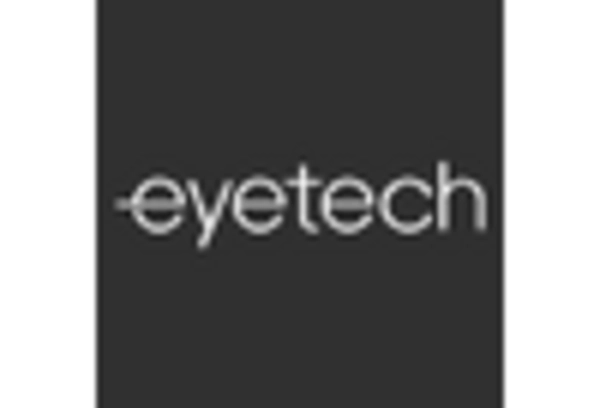
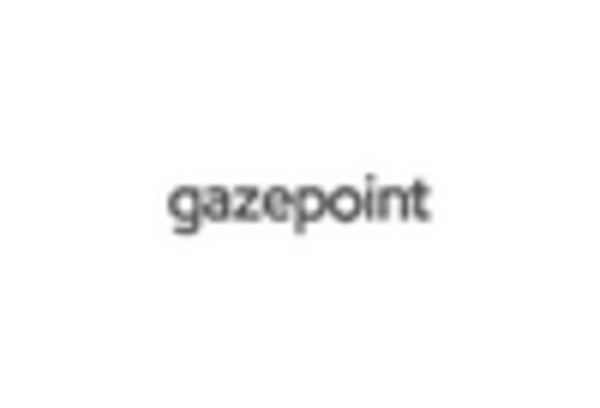
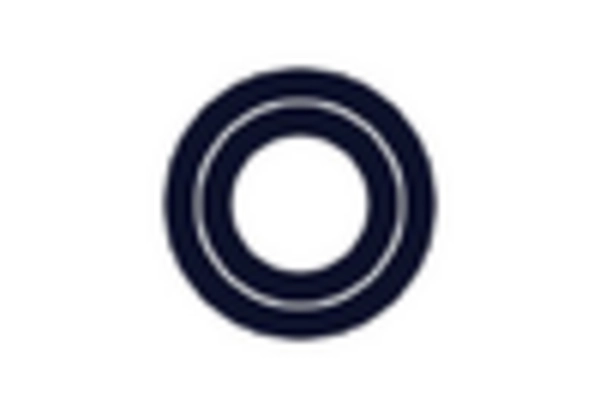

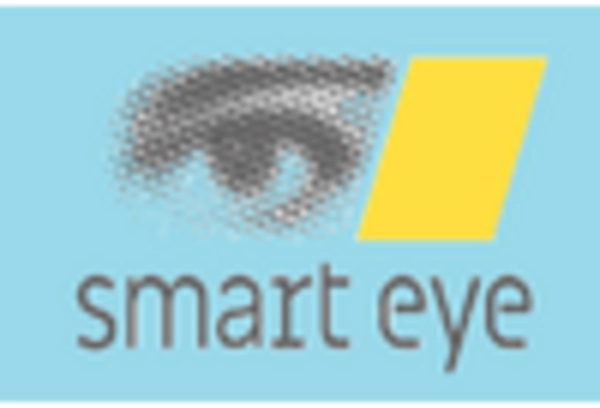
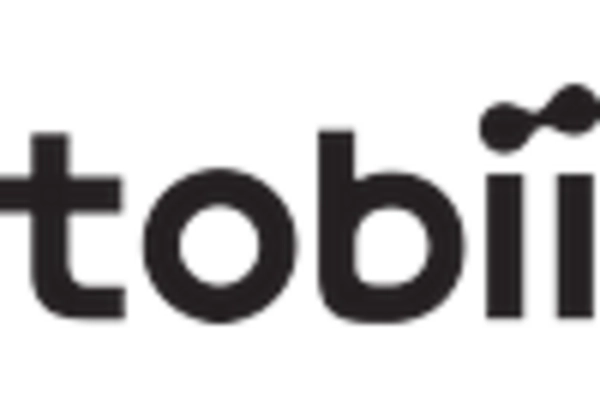








Leave a Comment